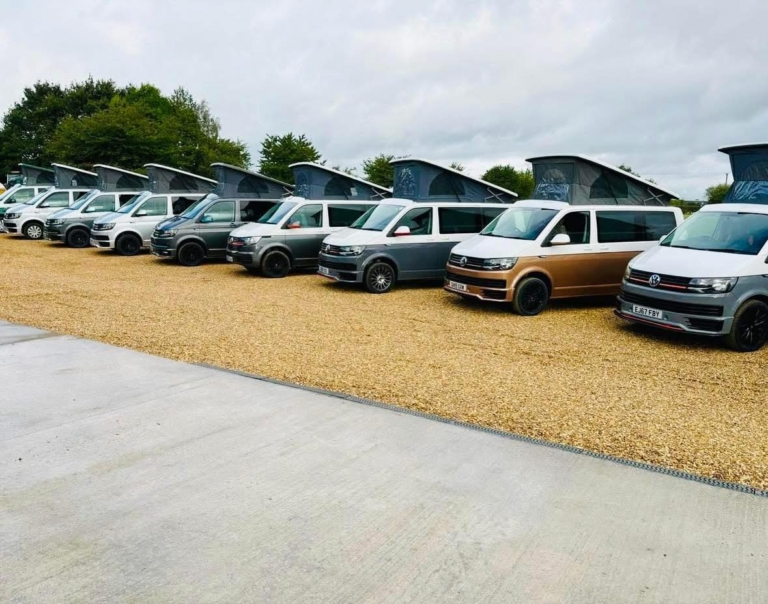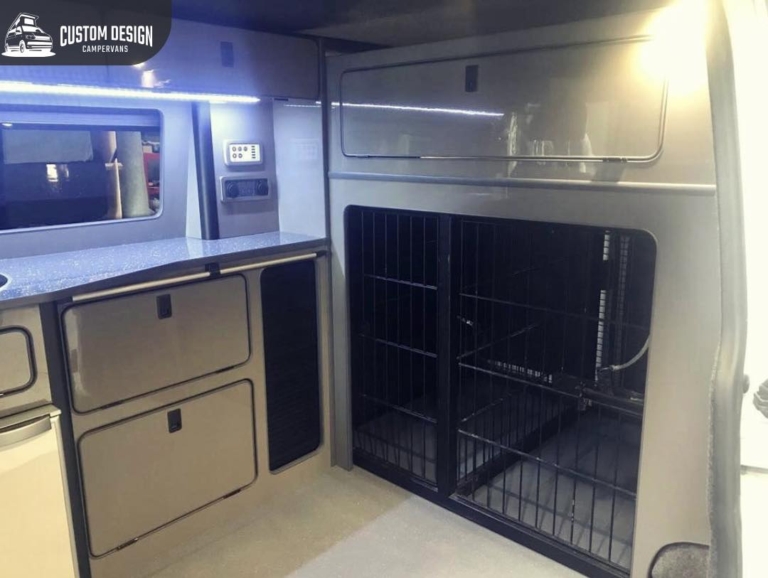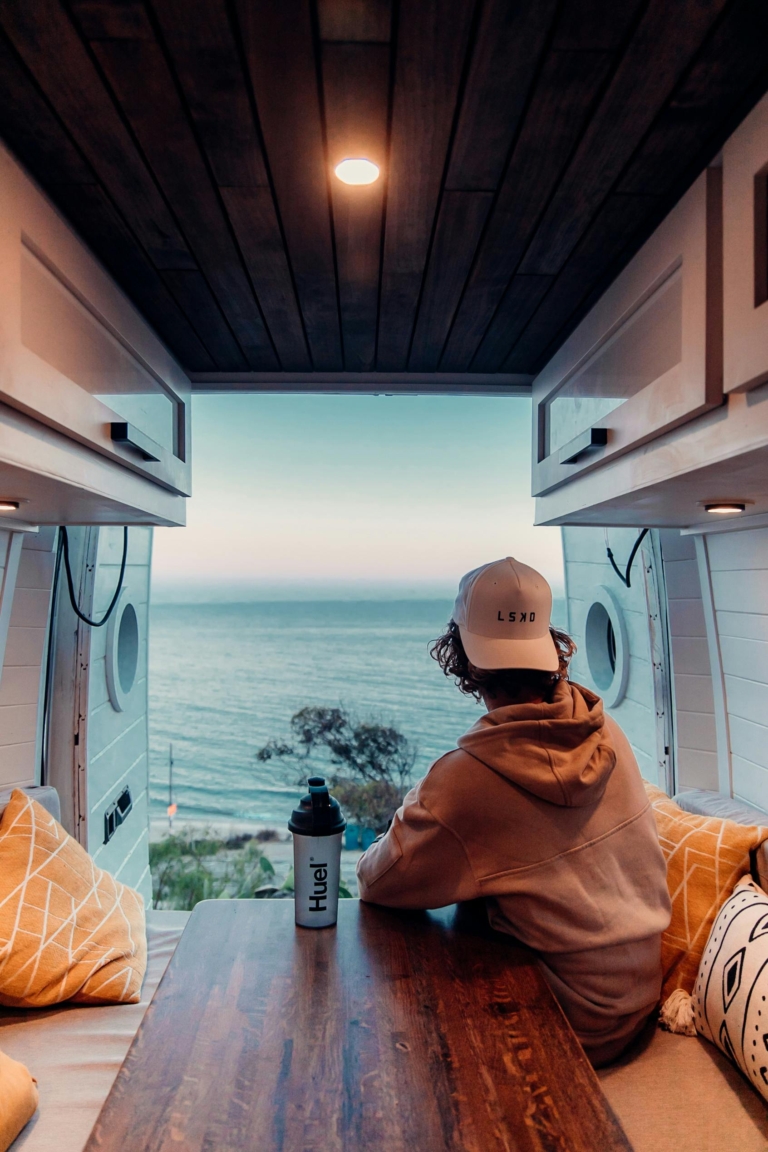When it comes to choosing between a Short Wheelbase (SWB) and Long Wheelbase (LWB) VW Transporter, the main difference comes down to the space and manoeuvrability you need. Whether you’re looking for a vehicle to convert into a camper or simply need a reliable van for your business or personal use, understanding the distinction between these two options is key. Let’s break down what sets them apart and how to pick the best option for your needs.
What Does SWB and LWB Mean for Your Van?
In simple terms, SWB and LWB refer to the distance between the front and rear axles of the van. A Short Wheelbase (SWB) has a smaller gap, while a Long Wheelbase (LWB) offers more length between those two points.
This extra length on the LWB models results in more cargo space, which can be a big advantage if you need to carry larger items or create a more spacious living area in a camper conversion. However, it does come at the cost of slightly more difficult manoeuvrability, especially in tighter spaces.
If you’re trying to figure out which model you have, the easiest way is to check the gap between the side door and the rear wheel. On an SWB van, the gap will be quite small, while on an LWB, it will be significantly larger.
Key Differences in Dimensions
Here’s a quick look at the specific measurements of the two models:
- SWB: Length – 4.9 meters, Wheelbase – 3 meters, Cargo Length – 2.5 meters, Cargo Volume – 5.8 cubic meters, Turning Circle – 11.9 meters.
- LWB: Length – 5.3 meters, Wheelbase – 3.4 meters, Cargo Length – 2.9 meters, Cargo Volume – 7.7 cubic meters, Turning Circle – 13.2 meters.
As you can see, the LWB gives you an additional 40 cm of length, translating to extra cargo space and a larger turning circle.
How Do They Compare in Practical Use?
So, which is better for you? It depends on your needs.
If you’re looking for a vehicle that’s easy to manoeuvre in urban settings or you need something that fits neatly into standard parking spaces, the SWB might be your best bet. On the other hand, if you need more room for storage or want extra living space in a camper conversion, the LWB might be the way to go.
Benefits of Choosing a Long Wheelbase (LWB) Transporter
- More Cargo Space: The LWB’s added length gives you more room for transporting goods or living space if you’re converting the van into a camper. This is particularly useful if you need extra room for long items or want a more spacious living setup.
- Comfortable Ride: The LWB model tends to provide a smoother, more stable ride due to its longer wheelbase, especially on motorways.
Why Go for a Short Wheelbase (SWB)?
- Easier Manoeuvrability: The SWB’s smaller turning circle makes it much easier to handle, particularly in tight spaces. Whether you’re turning around on narrow streets or parking in cramped spaces, the SWB gives you greater flexibility.
- Parking Perks: The compact size means you can park in tighter spaces without overhanging, which is especially helpful in urban environments.
- Cost-Effective: Sometimes SWB vans can have lower conversion costs. The LWB may require more attention if it’s heavily loaded due to the added weight, but overall, both are durable vehicles.
What About Combining the Best of Both Worlds?
If you like the idea of a compact SWB van but want the space of an LWB, you’re in luck. With a clever conversion layout, it’s possible to extend your SWB van when needed, giving you more room without sacrificing the ease of driving.
For example, our campervan conversions include a roll-out bed system that allows you to add length to your SWB van. This option provides a great balance—offering the agility of the SWB when driving but expanding to give you the extra space you’d typically get with an LWB.
When the bed is rolled back into the van, it leaves additional storage space, making your van even more practical. And with features like our kitchen cupboard space, you get even more storage options, ensuring you don’t sacrifice space for comfort.
Common Questions About SWB and LWB Vans
How long is a VW Transporter LWB model?
The LWB version is 5.3 meters long, compared to 4.9 meters for the SWB.
What’s the difference in cargo space between the SWB and LWB?
The LWB offers an additional 40 cm in length and provides 7.7 cubic meters of space compared to the SWB’s 5.8 cubic meters.
How do I identify if my van is SWB or LWB?
To easily tell, check the gap between the side door and the rear wheel. A smaller gap indicates an SWB, while a larger gap indicates an LWB.
Does an LWB have a bigger turning circle?
Yes, the LWB has a larger turning circle at 13.2 meters, compared to the SWB’s 11.9 meters.
Which model is more fuel-efficient?
Both models are similar in fuel efficiency, though the LWB may consume a little more fuel due to its larger size and weight.
Is there a difference in maintenance between SWB and LWB models?
No major differences—both vans have similar maintenance requirements. The LWB may experience more wear if it’s used for heavier loads, but overall, both are durable vehicles.
Final Thoughts: Which Should You Choose?
Ultimately, the choice between a SWB and LWB VW Transporter depends on your specific needs. If you prioritize manoeuvrability, ease of parking, and lower costs, the SWB is likely the better option. But if you need more space for cargo or a more comfortable conversion, the LWB might be worth the extra size.
For those looking to get the most out of both worlds, a conversion by Custom Design Campervans means both options can be transformed into your dream campervan with the help of our experienced conversion team. If you’d like more guidance on choosing the right base vehicle, don’t hesitate to reach out—we’re here to help!





























































































